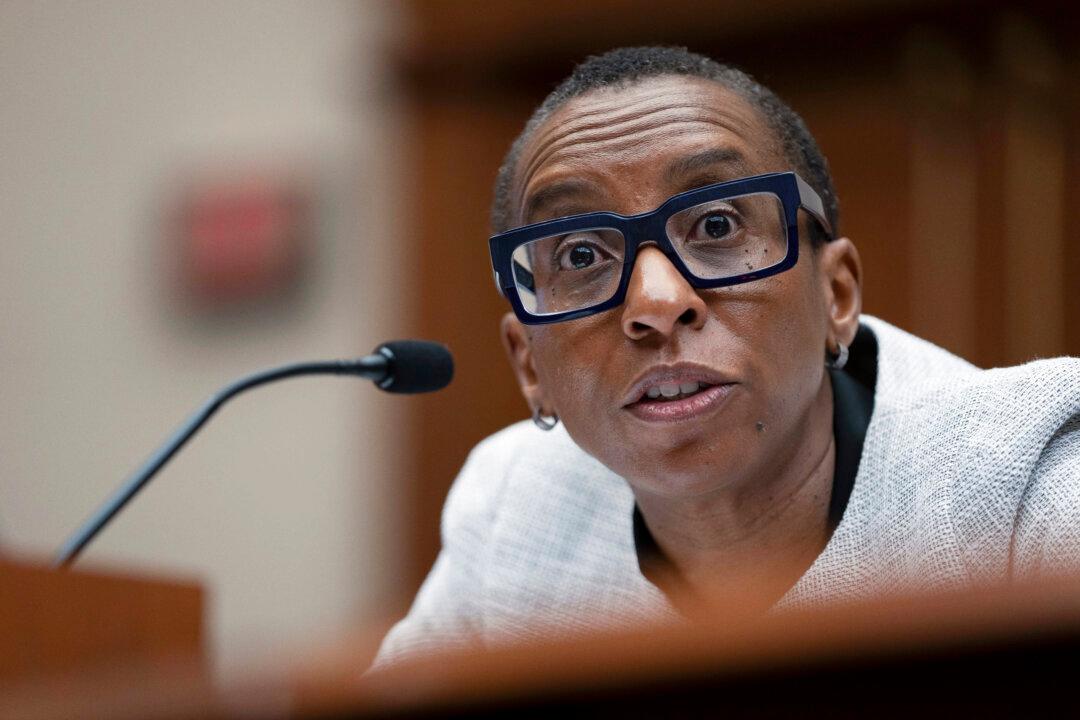In May of 2011, I wrote the following words in The Chronicle of Higher Education: “Online learning has become the third rail in American higher-education politics: Step on it and you’re toast.” In so doing, I planted my foot squarely on that electrified third rail.
Besides being roundly criticized in the comments section, I learned that my administration at the time—which was, unbeknownst to me, planning a major online expansion—did not appreciate what they saw as an attack on their sacred (cash) cow. I was removed from my administrative position, had my pay cut, and was threatened with dismissal. Being tenured, I couldn’t really be fired on such flimsy grounds. Instead, administrators spent the next year making my life miserable in various petty ways.
The problem, I argued, was two-fold: We were offering too many courses online, including some that probably shouldn’t be taught in that “modality” (such as science labs and other clinical courses), and we were encouraging far too many students to take online classes, primarily as a way of growing enrollment without increasing overhead (no new buildings needed). A fair number of those students, I suggested, lacked either the necessary technical proficiency or the self-discipline (or both) to succeed in online classes. And this conclusion was borne out by the abysmal completion rates—in many cases, well below 50 percent.
Simply put, we were herding into online classes students who had no business being there. No wonder they were failing.
Second, I argued that institutions must do a better job of vetting students before allowing them to register for online classes. Such “front-end controls” would ensure that students knew what they were getting into and had the requisite academic, personal, and technical skills to succeed. Among the issues I noted was that many students seemed to assume that online courses would be easier, because they could “work at their own pace,” only to discover that such courses were actually harder because they typically required more reading and a great deal more commitment.
I certainly didn’t think that any of this was controversial at the time I wrote it. How wrong I was! Yet it should not have been controversial, because it was all true then and to a large degree is still true now.
At the same time, there is no denying that much has changed in the 13 years since I penned those fateful words. For one thing, back then, I had never taught an online class. And, of course, that was one of the accusations leveled at me by my detractors. I didn’t know what I was talking about, they insisted, having never “been in the trenches” myself.
Yet one needn’t be directly involved in an activity to look at numbers and see a problem. Nor should my lack of “online experience” have precluded me from speculating as to the nature of the problem and proposing commonsense solutions. Indeed, as I implied above, I believe I was right about everything.
That said, the fact that I now regularly teach online, and have been doing so for the past four years, has certainly influenced my perspective. But more about that in a moment.
This huge jump was precipitated, of course, by the COVID-19 campus closures—just as my (at first reluctant) foray into online teaching was born of similar necessity. In March of 2020, my campus, like almost every other campus in the United States, abruptly shut down as all instruction moved online. We remained there through the summer. And even though here in Georgia we “reopened” campuses that fall, the “reopening” was, to put it mildly, rather tentative. Most of our students elected to remain virtual—which meant that, to make my load, I was still assigned a couple of online classes.
More than three years later, although relative normality has returned, I am still teaching approximately half of my courseload online—typically, two classes each semester. So I’ve gained a great deal of experience with that modality and have become, if I do say so, reasonably proficient. Accordingly, I would now like to share a few observations from this newly acquired perspective:
Zoom classes might have worked okay when students were first kicked off campus in March 2020, because they already had a course schedule. They could Zoom with their professor at, say, 8:30 a.m. on Mondays and Wednesdays, when that class would have been meeting anyway. Most students who went through that—like my youngest son, who was a college junior at the time—will tell you they didn’t like those Zoom classes very much, and they weren’t very effective. But at least scheduling meetings wasn’t an issue.
However, when people with full-time jobs or stay-at-home parents or members of the military sign up for online classes, scheduling meetings is indeed an issue. That’s why Zoom classes are not really “online classes,” as we’ve traditionally used the term.
When my campus shut down, and I was suddenly forced to teach online for the first time, I was apprehensive to say the least. I wanted to do it well, for my students’ sakes, but had no idea how. Fortunately, the university’s Center for Teaching and Learning offered an online course (duh) in online teaching. I signed up and began working through it immediately.
Lesson No. 1? “A true online course is asynchronous.” That was great news to me, as well as a tremendous relief, because I had been dreading the Zoom thing. Instead of subjecting my students and myself to that painful experience, I began creating course modules featuring PowerPoint presentations, recorded lectures, class notes, and online quizzes. In that way, I was able to replicate practically everything I would have done in a live class. For other activities, such as class discussions and peer review of writing assignments, I used the discussion board on our virtual-learning platform. That wasn’t quite as satisfactory (a point I’ll come back to later), but it was still better than trying to manage interactions via Zoom.
For many years, I have taught an early-morning English 1101 class consisting mostly of dual-enrollment students picking up a college course before they head over to high school for the day. As you might imagine, these tend to be pretty good students. Last fall, though, while grading my 7 a.m. class’s first set of essays, I found myself wondering what had happened. Where were all my good students? Then I turned to the first set of essays for my online 1101—and there they were.
This represents a significant shift, one that is obviously reflected in the enrollment statistics cited earlier. Not only are more students taking online courses, but more of our top students are doing so. Just as professors like me, who weren’t interested in teaching online, were thrust into it and learned that it’s not so bad, so too were today’s college students forced into a “digital-learning” environment while still in high school. And while some probably came to despise it, many eventually discovered that it had certain advantages, such as not having to crawl out of bed at 6 a.m. to make it to an early-morning on-campus class.
For this reason, I believe, demand for online classes will continue to grow, and colleges and universities, along with individual faculty members, must adapt.
Note, too, that the 54 percent number cited earlier represents students taking “at least one” online class. Many are taking only one. In other words, while it may be true that most students today will take an online class for the sake of convenience or because they can’t get it any other way, it’s also true that most still enjoy the social environment of the on-campus classroom.
I also don’t believe, as I mentioned earlier, that everything can be done as well online as in-person. I gave the example of class discussions. Online discussion boards can be a viable substitute for in-person conversations, but that’s all they are: a substitute. They can’t quite replicate the spontaneous interpersonal interactions fostered in a physical classroom.
Nevertheless, online learning is clearly here to stay—whether you think it’s the greatest educational innovation in history, are convinced it’s destroying the academy, or haven’t yet formed an opinion. Growing student demand, moreover, will translate to an increased need for faculty members willing to teach online and conscientious enough to do it well.
If you’re an early- or mid-career faculty member and you’ve never tried teaching online—except perhaps for an unpleasant Zoom experience in 2020–21—I would encourage you to give real online teaching a try. Let your department chair know that you’re interested, sign up for whatever training courses your institution offers, and take a leap of faith. You might, like me, be pleasantly surprised.






